Almost everyone knows about the famous Camino de Santiago, but did you know that there are many more pilgrimage routes through Europe? One of them is the Via Francigena, once one of the busiest pilgrimage paths in the Middle Ages. This pilgrimage route starts in Canterbury and runs through France and Switzerland to the heart of Rome, with the Vatican as an impressive end point. Of course, you can also walk parts of it. Unlike the popular Camino de Santiago, you will have this camino Francigena to Rome in Italy almost all the way to yourself. And if you want to do this in a comfortable way, you want to have your trip planned by Follow the Camino, stay in hotels along your journey and enjoy daily three-course menus. In this article, I’ll tell you everything you want to know about the Via Francigena walk.

The Via Francigena is a historic pilgrimage route of almost 3000 kilometers that starts in Canterbury, England and continues through France and Switzerland to Rome and finally to the coast of Apulia in southern Italy. The route became famous thanks to the English archbishop Sigeric, who documented his return journey from Rome in the 10th century, thus laying the foundation for the current stages. Pilgrims followed this path to Rome, on their way to the tombs of the apostles Peter and Paul, or further to the ports of Apulia to travel towards the Holy Land.
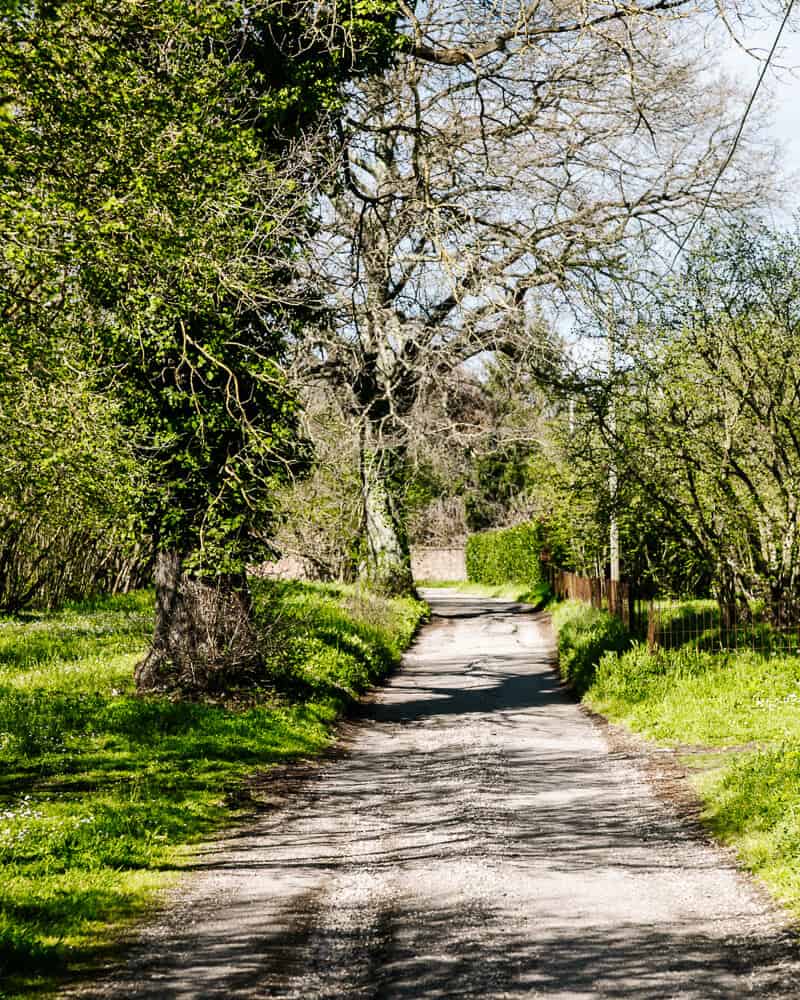
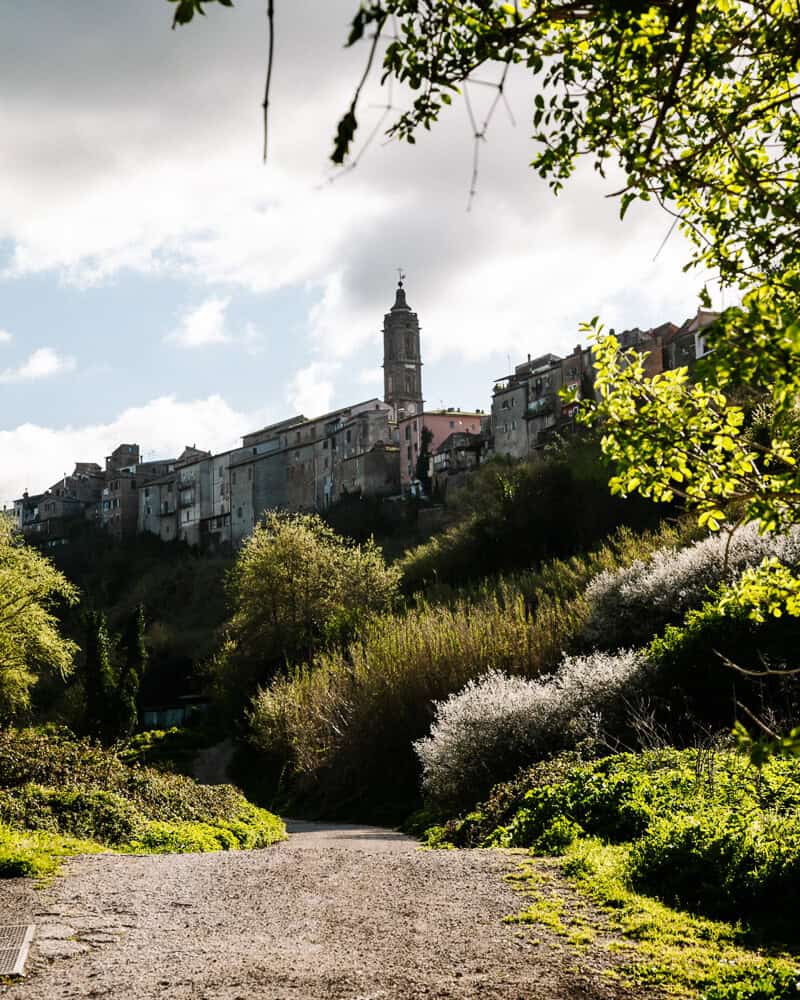
Although the pilgrimage route is less known than the Camino de Santiago, the popularity in hiking the Via Francigena to Rome has been growing. And that is for a reason. The pilgrimage path has also been recognised as a European Cultural Route because of its rich heritage and significance.
The Via Francigena literally means “the Frankish way” or “the way of the Franks”. The pilgrimage route was known in Italy as the Via Francigena – the road that comes from France and the Via Romea Francigena – the road to Rome, which comes from France.
Contrary to what you might think, the name Via Francigena is not pronounced “Francí-gèna”, but as “Vìa Fran-tsie-dzjè-na”, with the emphasis on the “dzje” in Francigena.
Some people walk pilgrimage routes for spiritual reasons, others for personal growth or development, and still others to escape daily life and follow in the footsteps of ancient pilgrims. Whatever the reason for your journey is, the Via Francigena, like the Camino de Santiago, is a wonderful trail and a perfect way to unwind and reconnect with yourself.
The Via Francigena pilgrimage path consists of several stages, which together form the route from Canterbury to Rome and on to southern Italy. The trail runs through England, France, Switzerland and Italy and is approximately 3000 kilometess long in total. From the green hills of Kent, the vast fields of northern France, the Alps via the Great St. Bernard Pass, to the Tuscan hills and the historic cities of Lazio. Each region along the Via Francigena has its own landscapes, cultures and highlights.
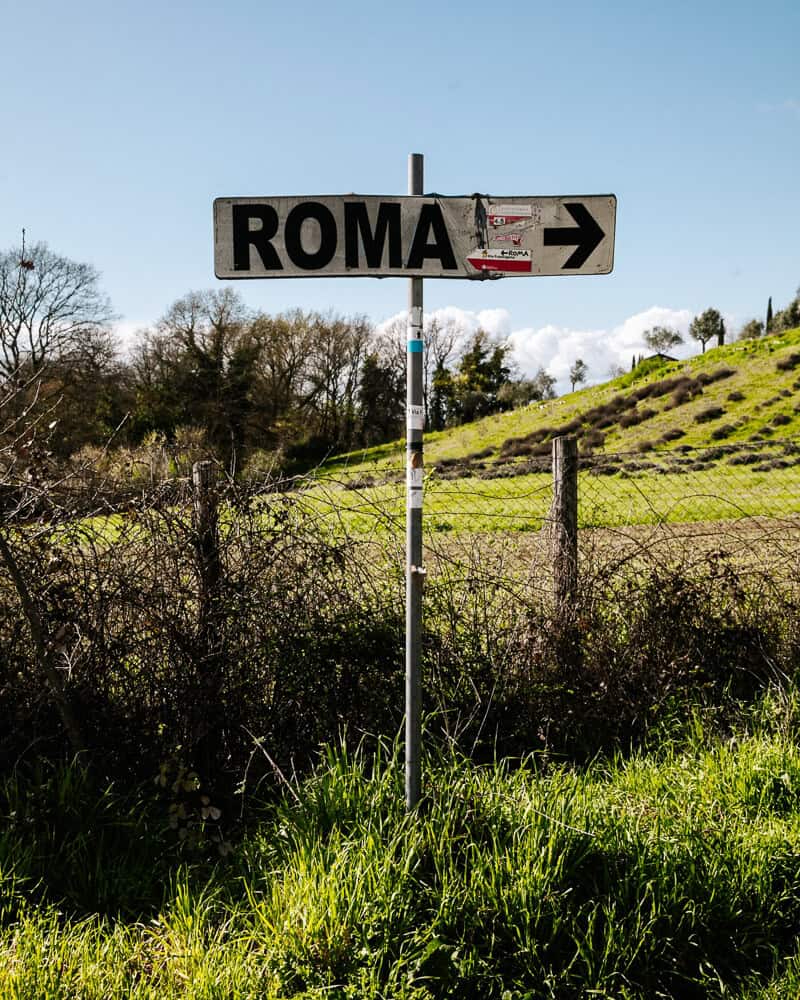
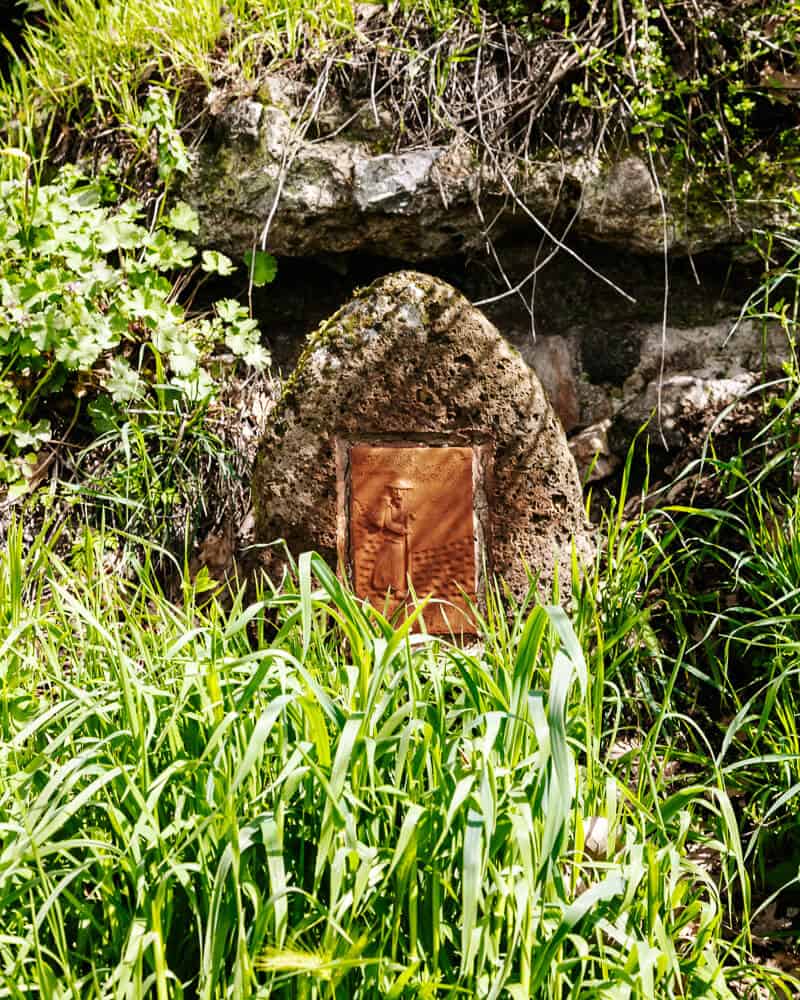
Do you want to walk the entire pilgrimage route? Then you should count on 100 days and possibly even longer if you want to walk to the coast of Apulia. But because the stages are divided into stages of an average of 20 to 30 kilometers per day, you can also hike parts of it. And all at your own pace.
Which route you choose depends entirely on your interests. So take the time to think carefully about what you are looking for: do you want to go on a short walk for a few days or are you ready for a longer journey of weeks or even months? Do you like rolling landscapes and green forests, do you want to challenge yourself in the Alps or would you rather experience a combination of nature and culture? Once you have these aspects clear, choosing your camino trail becomes much easier.
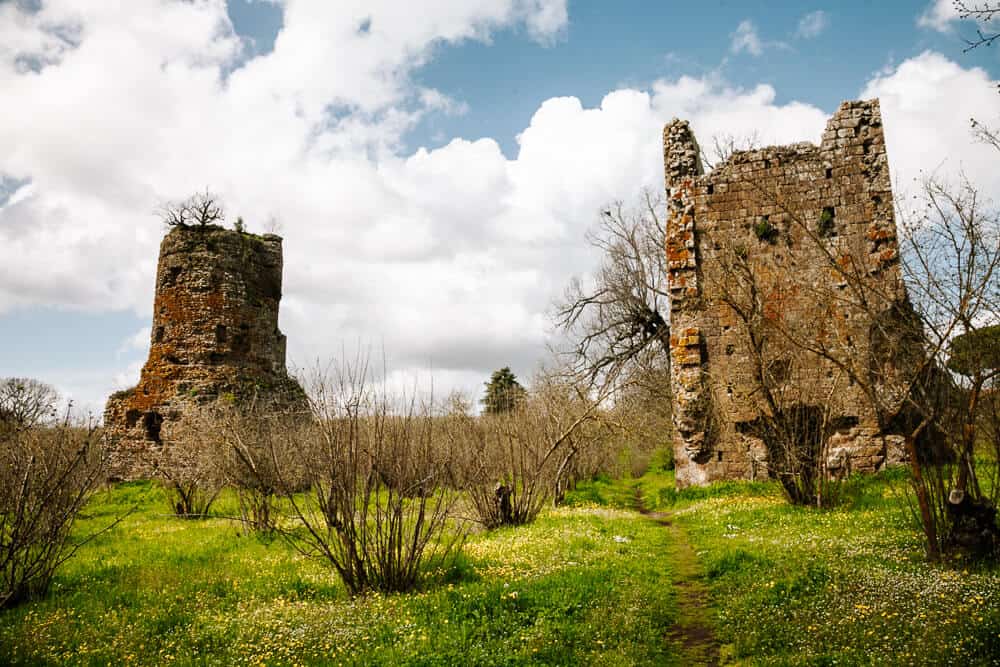
And that is exactly wherea tour operator like Follow the Camino comes in. Their Camino experts provide you with all the information and help you plan a tailor-made itinerary, including booking accommodations, providing breakfast and evening meals and a luggage transfer service. For me, the choice was easy; I wanted to walk through Italy and to Rome, one of my favorite cities, so the last 110 kilometers of the Via Francigena (stage 16) seemed perfect to me.
Curious about the different Via Francigen routes to Rome? Check out the website of Follow the Camino. Here, you’ll quickly get an idea of the numerous possibilities.
During stage 16 of the Via Francigena, you will walk approximately 110 kilometers from Viterbo to Rome in five days. Along the way, you will enjoy Italian landscapes, medieval towns and the delicious Italian cuisine. With an average of around 24 kilometers per day, this route is easy to do for anyone with a normal physical condition, due to the relatively flat terrain. This is also, just like the last stage of the Camino Frances during the Camino de Santiago, the minimum distance you must walk to qualify for an official pilgrim certificate.

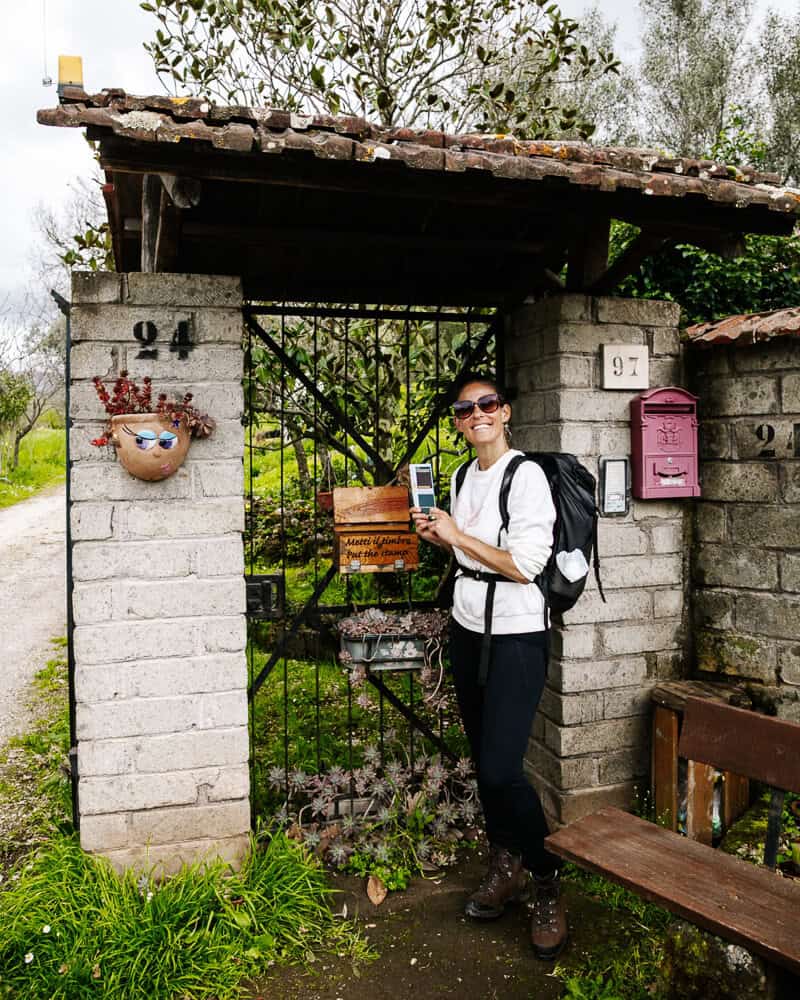
At the start of the Via Francigena wou will receive a special pilgrim passport in which you can collect stamps during the route, at churches, hotels and small shops or cafes. And even though this passport is not the most important thing, you will see that stamping your passport is more fun than you might initially think. It is also worth to end your walk with a few extra nights in wonderful Rome.
Do you want to read more about walking the last stage of the Via Francigena, the pilgrimage route from Viterbo to Rome? In the next article you can read my experiences, including a day-to-day description
There are several ways to plan your Camino Francigena. One of the best options is to use the services of a Camino planner such as Follow the Camino, who also put together tailor-made routes to Santiago de Compostela. Based on your preferences, they help you plan a custom made Via Francigena itinerary, book accommodations, including meals, provide detailed route information with maps, luggage transfers, a lot of tips and tricks and you can even track your route through their App available on iOS and Android. After booking, you enter your online environment through Follow the Camino’s trip portal and are guided through all preparations from A to Z.
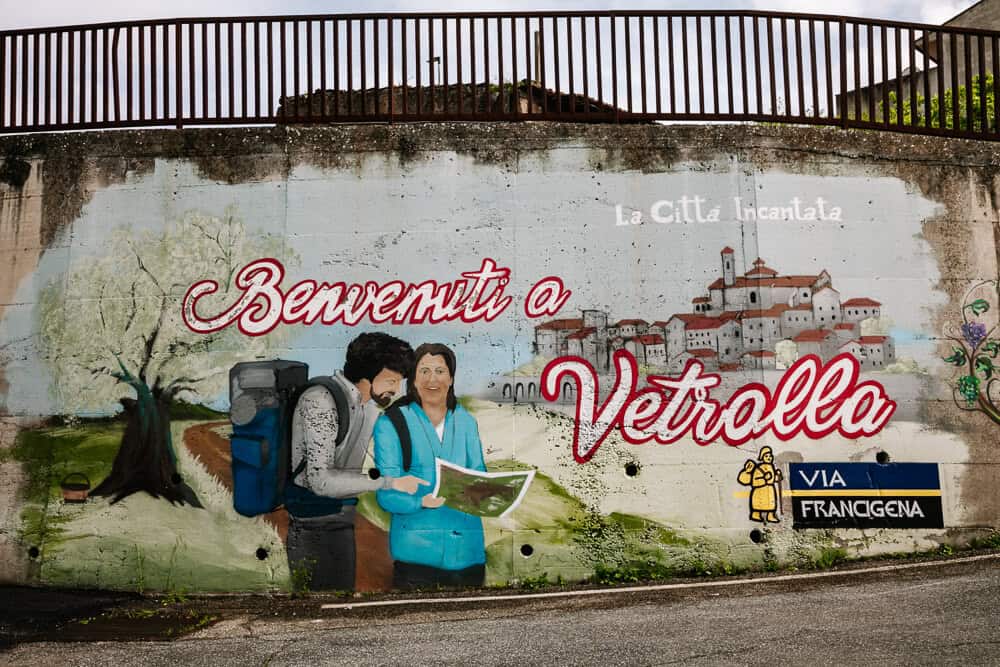
Do you find it interesting to explore this historic pilgrimage route to Rome with a guide and learn more about the history along the way? At Follow the Camino you can also opt for a Via Francigena Guided tour package.
The Via Francigena walk offers accommodation options in several small towns and price ranges. Follow the Camino offers packages, allowing you to choose your level of luxury and service. They also ensure a nice balance between city and nature based on your preferences.
Follow the Camino offers breakfast and dinner options with your accommodation. The dinner, in particular, is a valuable addition. The hotel provides a three-course menu at the hotel itself or in one of the nearby restaurants. And there is nothing better than enjoying an Italian pasta or pizza after a long day of walking. As for lunch, it is important to familiarize yourself with the trail and make sure you have enough food and drinks with you for a picnic.
The Via Francigena route from Viterbo to Rome has limited lunch options along the way. However, on a number of days you will walk through a town where you can have a drink on a terrace. In addition, it is important to ensure you have enough water and refill it regularly when you have the opportunity.
Of course you can choose to walk the Via Francigena pilgrimage route to Rome with a large backpack on your back. But it’s much more comfortable to leave your large luggage transfer behind and only carry a daypack. Follow the Camino offers a luggage service during the Via Francigena walk where you leave your luggage at the reception at 8 am on a daily basis. It will then be transferred to your new destination before you arrive. It’s a top service you won’t want to save money on. Have a look in my packing list below for what you need to bring for the Via Francigena,

First of all, it is important to know that you walk an average of 24 kilometers per day during the Via Francigena and that is a lot. So you need to enjoy walking and have a good basic level of fitness. Do you want to walk the entire Via Francigena? Then you should count on 100 days and possibly longer if you want to walk to the coast of Apulia. It probably won’t surprise you when I tell you that essential to train beforehand. Via Follow the Camino you will receive a training program and tips to optimally prepare yourself.
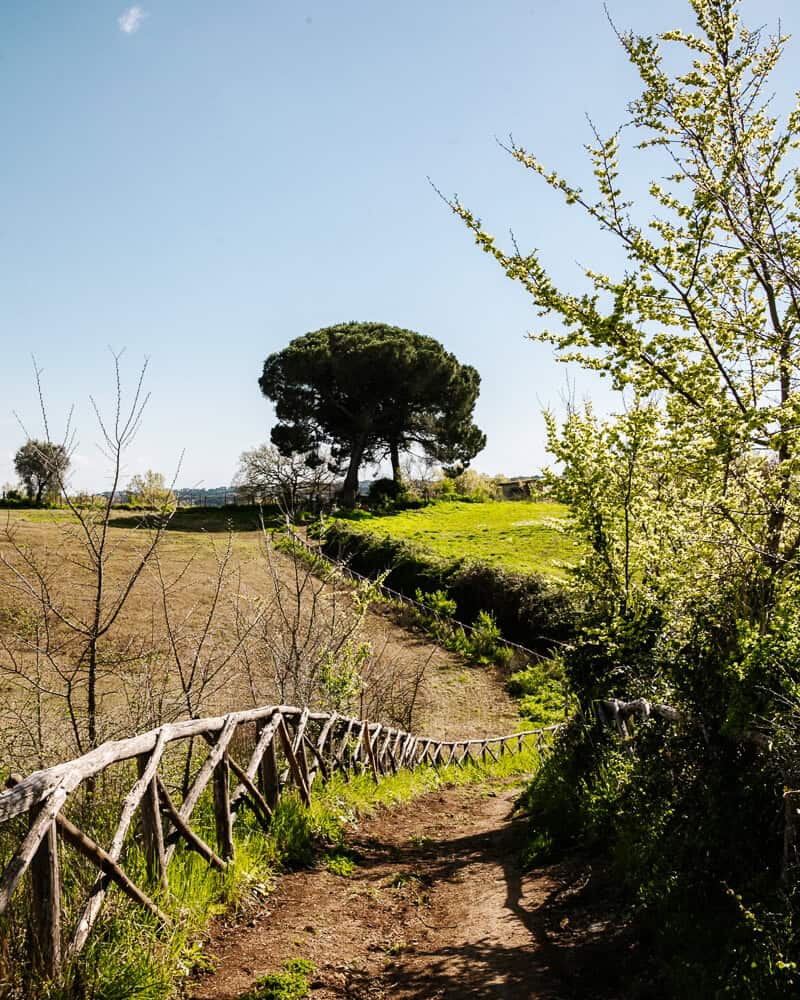
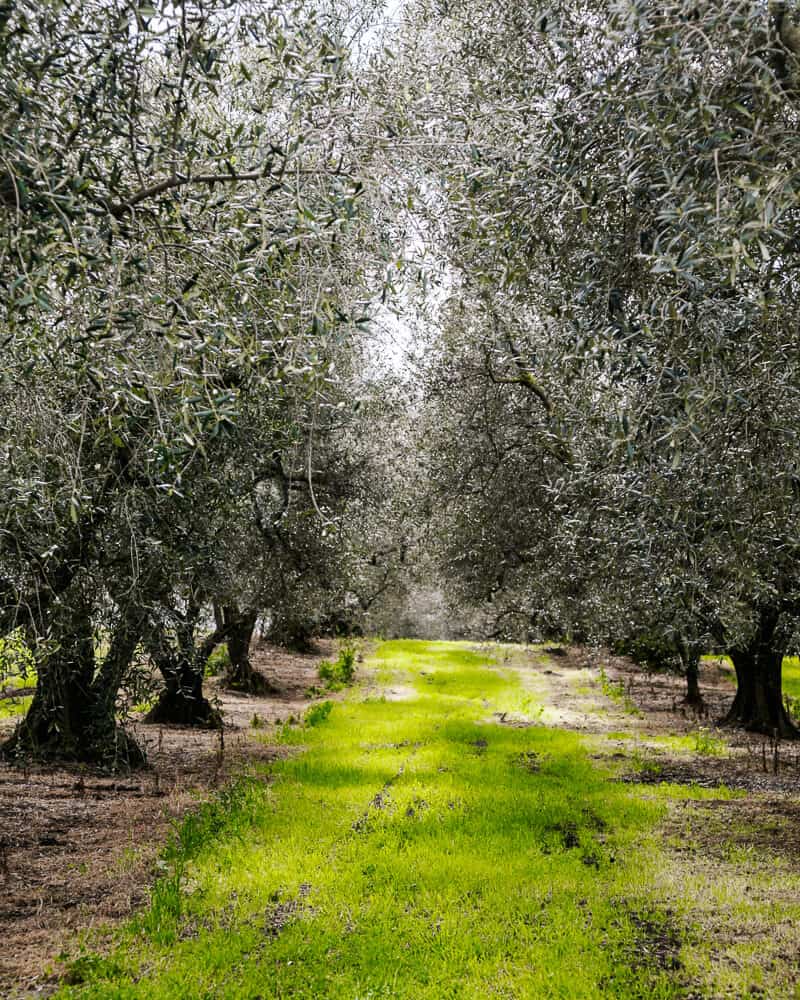
The Via Francigena from Viterbo to Rome is not a difficult walk. But of course it is a matter of perseverance at times. Especially because after a few days you will feel the fatigue in your legs. Honestly, I did not train myself for the walk, but I am used to on longer walks more frequently. The route is accessible, but physical and mental preparation is important to get the most out of your walk.
In contrast to the yellow arrows and scallop shells that are so recognizable for the Camino de Santiago route, the signs for the Via Francigena are a little less clear. But they are there. There are clear signs with Via Francigena on them, stickers with red/white stripes, arrows and drawings of walkers and all kinds of variations. You can find them on trees, poles, and under viaducts. It takes a while, but after a few hours you will be completely aware of them.
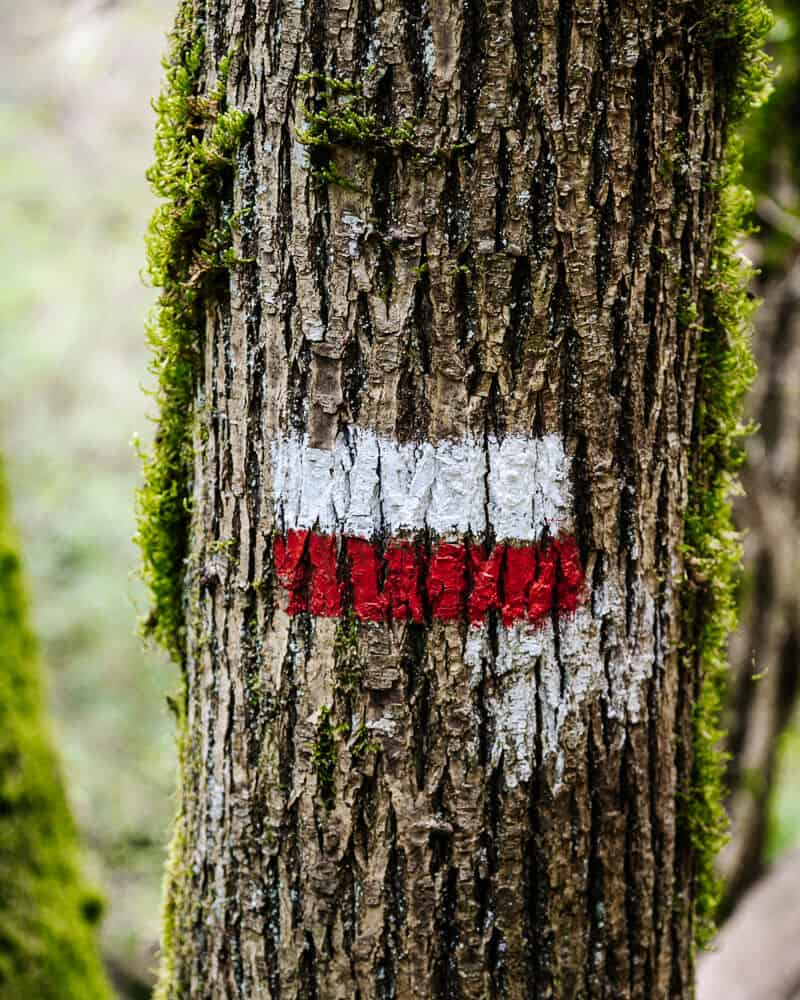
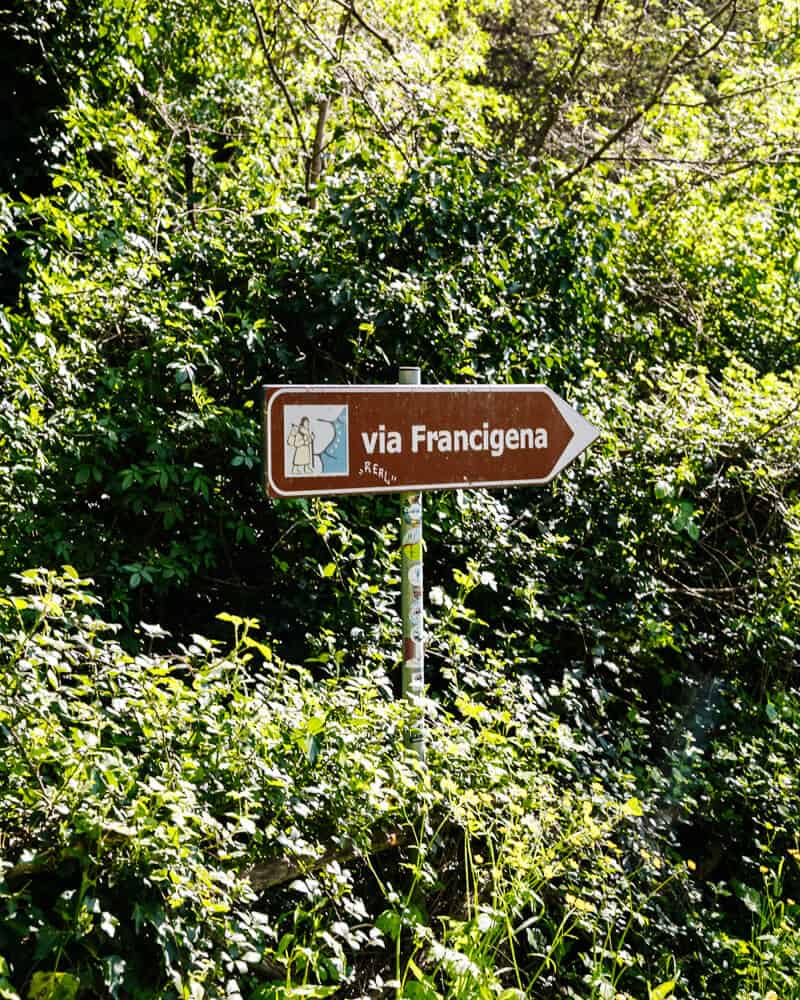
However, it is important to delve into the route in advance, so that you know what to expect and can make a plan. Follow the Camino also provides you with a travel guide with useful background information. You can also download the official Via Francigena app, which provides you with even more information
When you read about the Camino de Santiago and the Via Francigena, you will also read about the pilgrim passport, the credential del peregrino, a special booklet in which you can collect stamps every day. You can get stamps at various locations along the pilgrimage route such as in churches, restaurants and hotels. You need at least two stamps per day to collect your official official pilgrim certificate upon arrival at St. Peter’s Church.
Not only is the certificate a nice souvenir, but finding the stamps during the pilgrimage walk to Rome is also a nice ativity. However, the number of places for stamps is limited during the Via Francigena, so you have to seize every opportunity if you want to fill your stamp booklet.
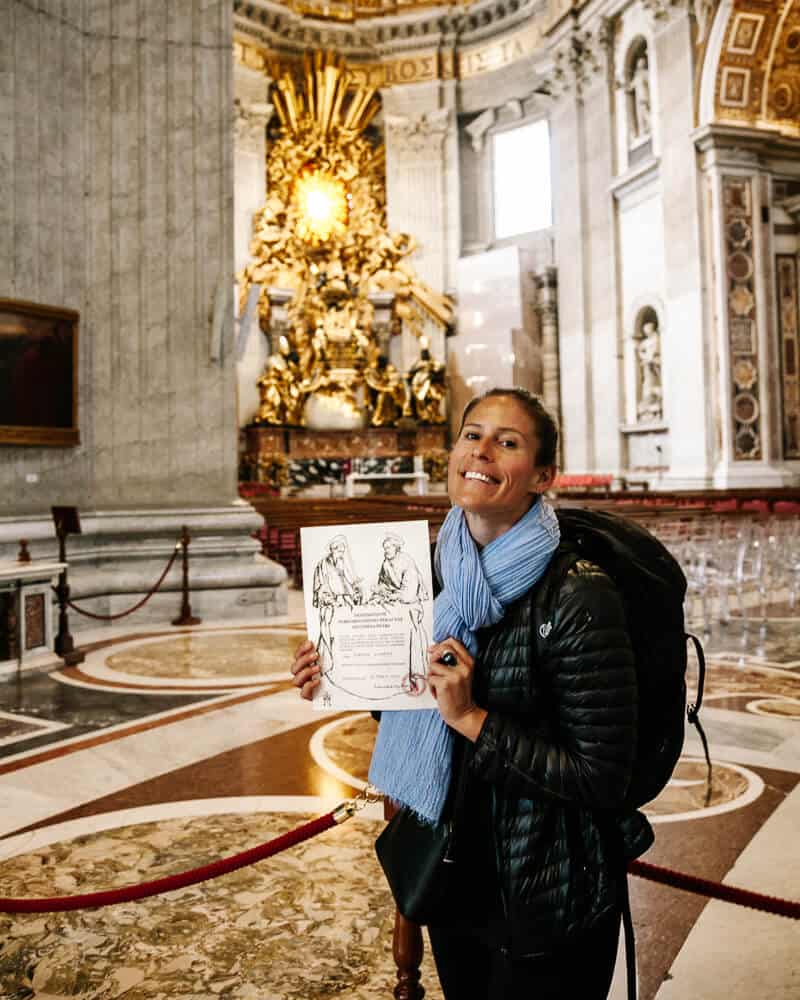
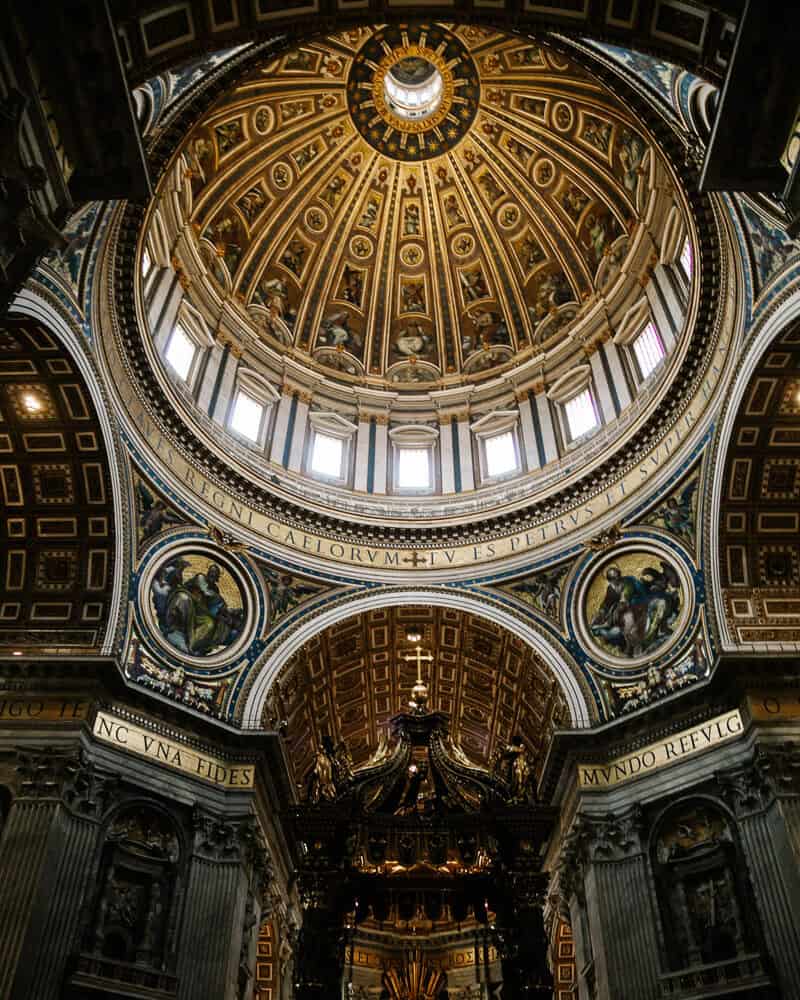
The best time to walk the Via Francigena depends on the pilgrimage route to Rome that you are going to walk, because you’ll hike through different countries and zones. In most cases and especially during the Via Francigena in Italy, the best time to walk is in spring (April to June) and autumn (September to October). These months have pleasant temperatures, without the extreme heat of summer. In spring everything is also in bloom and in autumn you can enjoy beautiful autumn colours in the forests.
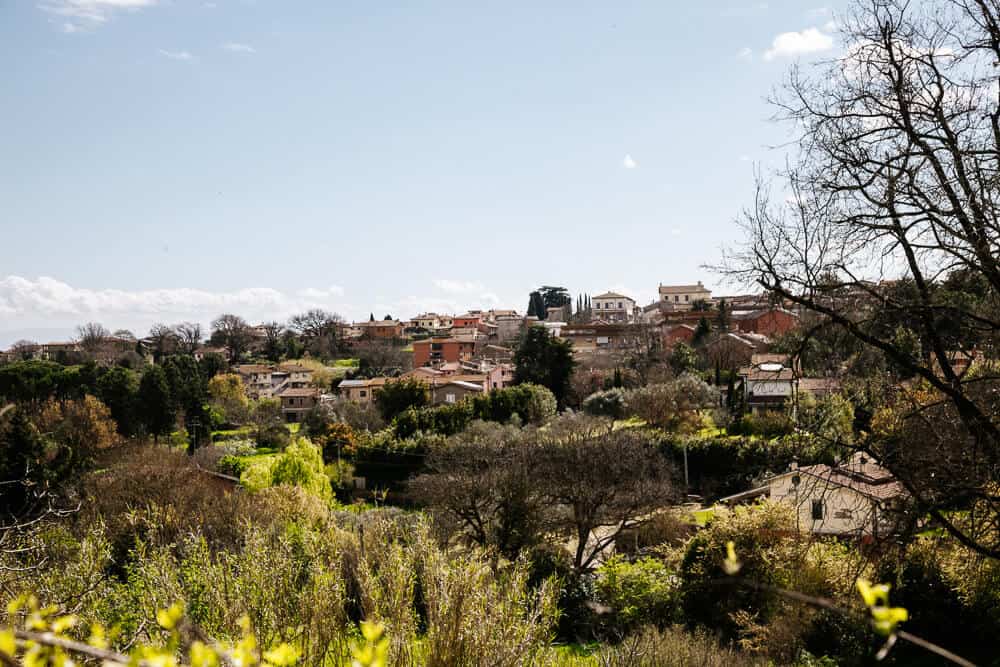
Because I have only walked the last 100 kilometers of both routes, I can only give my opinion about this part. The Camino de Santiago is a well-known route and therefore has a certain importance for many people. In addition, the route is popular and you meet countless fellow travelers along the way. Something that is both an advantage and a disadvantage because personally I found it very busy in some places during the Camino de Santiago. The advantage is that the environment is much better prepared for the amount of walkers and has more facilities. You also unconsciously build a bond with your fellow walkers every day and it is special to experience that everyone has the same goal.
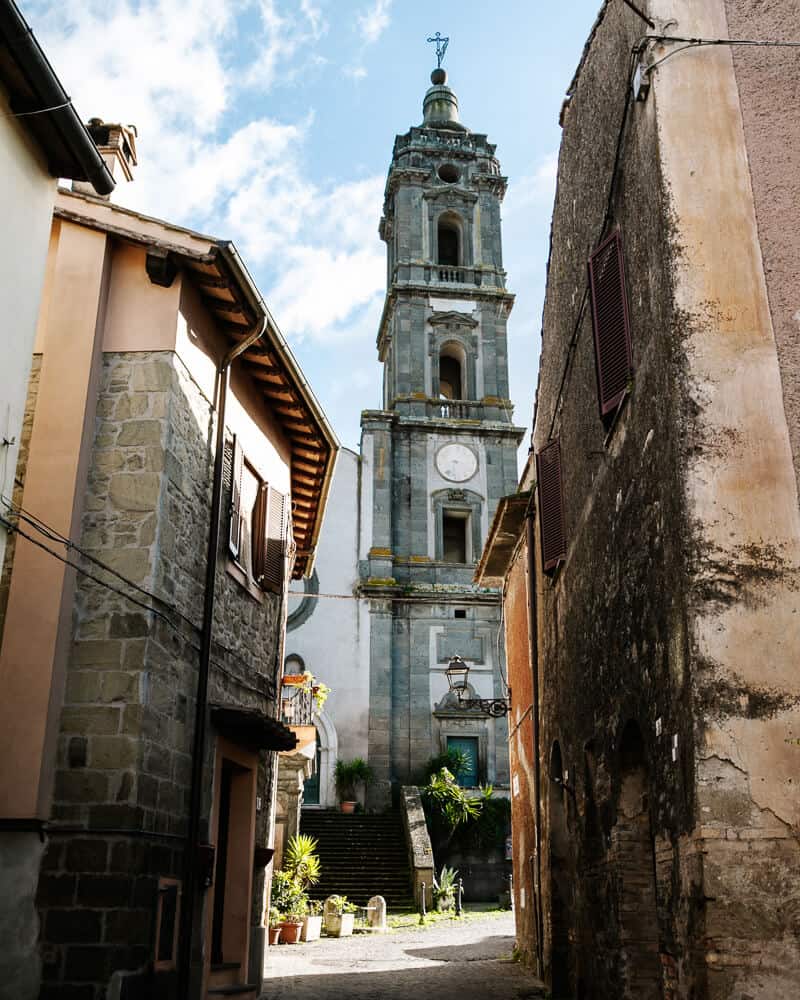

During the Via Francigena route, there is a good chance that you will walk large parts alone. When I walked the trail, the number of fellow travelers could be counted on one hand. Something that makes the route very special but perhaps also a bit lonely. Personally, I find the route of the Via Francigena more beautiful than the Camino de Santiago because the amount of time along the road is limited, except for the last day. A large part of the pilgrimage route to Rome consists of forests, parks and roads along or through fields. The medieval towns you walk through are also breathtakingly beautiful. And let’s not forget the Italian cuisine.
However, the facilities along the way are limited, so you have to prepare your camino well and bring enough food and drinks with you. The hotels are also more basic during the Via Francigena than on the Camino de Santiago.
Do you want to read more about Camino de Santiago? In the next article you will find everything you want to know about this famous hike tto Santiago de Compostela.
Your packinglist fort the Via Francigena depends on how you travel, but assuming you sleep in hotels and use a luggage service, you need very little on the way. You leave your large luggage at the reception daily, and it’s brought to your next destination, while you’re walking. In your daypack, you’ll want to bring at least the following items:
Follow the Camino is the original Camino tour operator. They have been in the business since 2006 and have driven thousands of pilgrims in the past years to Santiago de Compostela and Rome. With their expertise, they help you to organize your tailor-made Camino. So that you only have to concentrate on walking to Santiago de Compostela and Rome. Based on your needs, a package consists of the following components:
Do you want to know about about Follow the Camino? Check out the website.
Want to know more about the Camino de Santiago and the Via Francigena pilgrimage route to Rome? I have now walked the last 100 kilometers of the Camino de Santiago and Via Francigena. In the following articles you can read more about my experiences and find tips and inspiration for your camino.
Disclaimer: I was invited to hike the Via Francigena by Follow the Camino, but this review is based on my personal view and is independent from the invitation. This article may contain affiliate links. If you purchase something using one of our links, we may receive a commission at no extra cost to you, which helps us keep this blog alive. Thank you for your support! Please see our disclosures for more information.